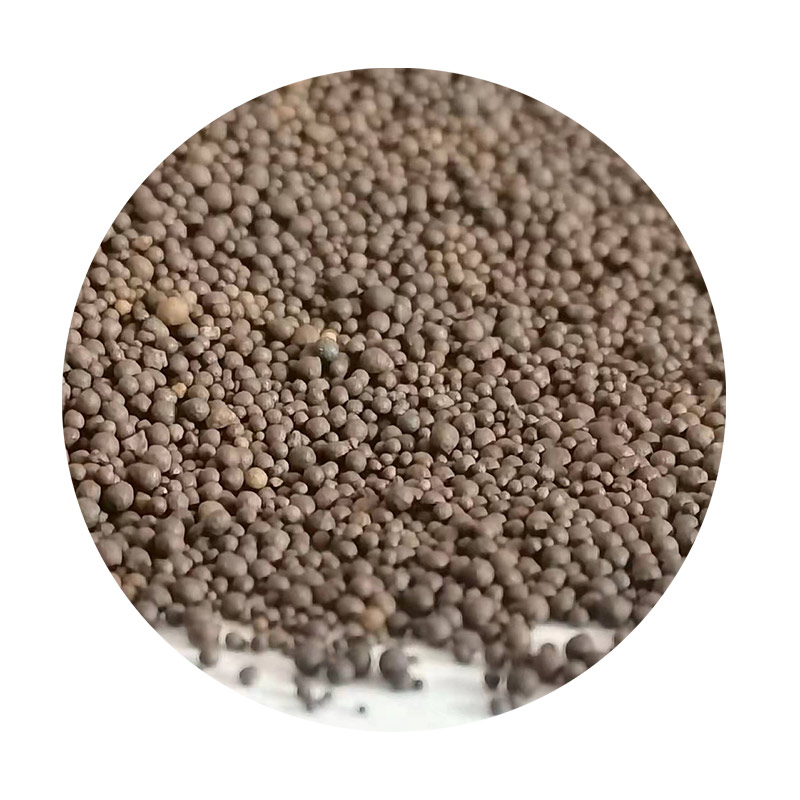Advantages of Sand Casting
Sand casting is one of the oldest and most widely used metal casting processes. This method utilizes sand as the primary molding material, making it a versatile and cost-effective choice for manufacturers in various industries. The advantages of sand casting are numerous, contributing to its enduring popularity despite the emergence of more advanced casting techniques. In this article, we will delve into the key benefits of sand casting, examining why it remains a preferred method for many applications.
1. Cost-Effectiveness
One of the most significant advantages of sand casting is its cost-effectiveness. The materials used in sand casting, primarily silica sand, are relatively inexpensive compared to other molding materials like metal. Additionally, the equipment for sand casting, such as sand molds and cores, is less complex and requires lower initial investment. This makes it particularly appealing for small-scale production runs and prototype manufacturing, where lower costs are essential.
2. Flexibility in Design
Sand casting offers exceptional design flexibility that allows for the creation of complex shapes and geometries. The malleability of sand enables manufacturers to produce intricate patterns and cores, accommodating various designs that may be challenging to achieve with other casting methods. This flexibility is crucial in industries like automotive and aerospace, where custom, precision parts are often required.
3. Large Casting Size Capability
Another noteworthy advantage of sand casting is its ability to produce large castings. Unlike methods such as die casting, which have size limitations due to the rigidity of the molds, sand casting can accommodate significantly larger components. This capability is essential for industries that require sizeable machinery components, such as power generation and heavy equipment manufacturing.
4. Quick Turnaround Time
advantage of sand casting

The sand casting process allows for relatively quick production cycles, particularly when it comes to creating new molds. Because sand molds can be produced rapidly and reused multiple times, manufacturers can respond quickly to market demands or changes in design specifications. This speed is crucial in today’s fast-paced manufacturing environment, where time-to-market can significantly impact a company’s competitiveness.
5. Material Versatility
Sand casting is compatible with a wide range of metals and alloys, including aluminum, bronze, brass, and iron. This versatility means that manufacturers can choose the most appropriate material for their specific application without being restricted by the casting process. As a result, sand casting can facilitate specialized applications in industries ranging from jewelry to construction.
6. Recyclability of Materials
The sand used in sand casting is highly recyclable. After the casting process, the sand can be reclaimed and reused for future molds with minimal processing. This characteristic not only reduces waste but also lowers overall material costs, making sand casting an environmentally friendly option.
7. Fewer Rigid Tooling Requirements
Unlike many other casting processes that require complex, rigid tooling, sand casting can utilize more straightforward patterns that do not need to be durable over long production runs. This allows for easier modifications and adjustments to patterns, should design changes be necessary. Fewer rigid tooling requirements make sand casting an appealing option for projects requiring rapid prototyping or design iterations.
Conclusion
In conclusion, sand casting is a time-honored method that offers numerous advantages, including cost-effectiveness, design flexibility, the ability to produce large castings, quick turnaround times, material versatility, recyclability, and reduced rigid tooling needs. These benefits make it a favored choice for a wide range of applications across various industries, allowing manufacturers to meet complex demands while maintaining efficiency and cost control. As technology advances, the role of sand casting continues to evolve, but its fundamental advantages ensure its place in modern manufacturing.
Post time:Sen . 25, 2024 15:25
Next:the sand cast
